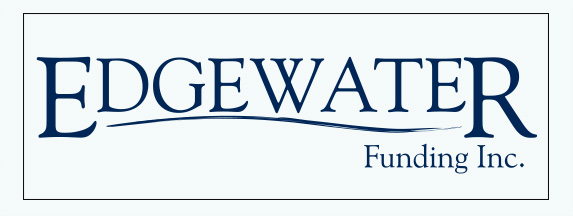Residential Lending Programs
Conventional and Government Loans
Any mortgage loan other than an FHA, VA or an RHS loan is conventional one.
FHA Loans
The Federal Housing Administration (FHA), which is part of the U.S. Dept. of Housing and Urban Development (HUD), administers various mortgage loan programs. FHA loans have lower down payment requirements and are easier to qualify than conventional loans. FHA loans cannot exceed the statutory limit.
VA loans
VA loans are guaranteed by U.S. Dept. of Veterans Affairs. The guaranty allows veterans and service persons to obtain home loans with favorable loan terms, usually without a down payment. In addition, it is easier to qualify for a VA loan than a conventional loan. Lenders generally limit the maximum VA loan to $203,000. The U.S. Department of Veterans Affairs does not make loans, it guarantees loans made by lenders. VA determines your eligibility and, if you are qualified, VA will issue you a certificate of eligibility to be used in applying for a VA loan.
VA-guaranteed loans are obtained by making application to private lending institutions.
Conforming Loans
Conventional loans may be conforming and non-conforming. Conforming loans have terms and conditions that follow the guidelines set forth by Fannie Mae and Freddie Mac. These two stockholder-owned corporations purchase mortgage loans complying with the guidelines from mortgage lending institutions, packages the mortgages into securities and sell the securities to investors. By doing so, Fannie Mae and Freddie Mac, like Ginnie Mae, provide a continuous flow of affordable funds for home financing that results in the availability of mortgage credit for Americans.
Fannie Mae and Freddie Mac guidelines establish the maximum loan amount, borrower credit and income requirements, down payment, and suitable properties. Fannie Mae and Freddie Mac announces new loan limits every year.
The national conforming loan limit for mortgages that finance single-family one-unit properties increased from $33,000 in the early 1970s to $417,000 for 2006-2008, with limits 50 percent higher for four statutorily-designated high cost areas: Alaska, Hawaii, Guam, and the U.S. Virgin Islands. Since early 2008, a series of legislative acts have temporarily increased the one-unit limit to up to $729,750 in certain high-cost areas in the contiguous United States. Permanent limits, which apply to the Enterprises' acquisitions of certain mortgages originated prior to July 1, 2007, are set under the terms of the Housing and Economic Recovery Act of 2008 (HERA).
Click Here to Find every county and county-equivalent in the country, maximum loan limits for mortgages.
The maximum loan amount is 50 percent higher in Alaska, Guam, Hawaii, and the Virgin Islands. Properties with five or more units are considered commercial properties and are handled under different rules.
The loan limit for second mortgages is $208,500 (in Alaska, Guam, Hawaii, and the Virgin Islands, the maximum second loan amount is $312,750). The sum of the original loan amounts of the first and second mortgages cannot exceed $417,000 (or $625,500 in Alaska, Guam, Hawaii, and the Virgin Islands).
Super Conforming Mortgages (a.k.a. "conventional-jumbo" loans)
"Super conforming" mortgages are mortgages originated using higher maximum loan limits that are permitted in designated high-cost areas. These higher loan limits are intended to provide lenders with much-needed liquidity in the highest cost areas of the country, while also lowering mortgage financing costs for borrowers located in these areas.
The following minimum and maximum original loan amounts apply to super conforming mortgages that have Freddie Mac funding or settlement dates on or after January 1, 2013 through December 31, 2013:
| min. | max. | |
| One-family: | $417,000 | $625,500 |
| Two-family: | $533,850 | $800,775 |
| Three-family: | $645,300 | $967,950 |
| Four-family: | $801,950 | $1,202,925 |
Jumbo Loans
Loans above the maximum loan amount established by Fannie Mae and Freddie Mac are known as 'jumbo' loans. Because jumbo loans are bought and sold on a much smaller scale, they often have a little higher interest rate than conforming, but the spread between the two varies with the economy.
Fixed Rate Mortgages
With fixed rate mortgage (FRM) loan the interest rate and your mortgage monthly payments remain fixed for the period of the loan. Fixed-rate mortgages are available for 30, 25, 20, 15 years and 10 years. Generally, the shorter the term of a loan, the lower the interest rate you could get.
Adjustable Rate Mortgages
Variable or adjustable loan is loan whose interest rate, and accordingly monthly payments, fluctuate over the period of the loan. With this type of mortgage, periodic adjustments based on changes in a defined index are made to the interest rate. The index for your particular loan is established at the time of application.
With a variety of different loan programs available, it is important to choose the type of loan that will best suit your needs.
The right type of mortgage chiefly depends on how long you plan on staying in the house and the amount of monthly payment you can comfortably afford.
Contact Us to find out more information on the programs that would best suit your needs or Apply Now to see how much you qualify for.





